- Home
- Joan Smith
Clouds of Deceit Page 3
Clouds of Deceit Read online
Page 3
Gordon Wilson, who is now a school caretaker in Hull, found aborigines in the ‘yellow area’ - the most dangerous of the three restricted zones at Maralinga - on several occasions. Wilson arrived at Maralinga in 1957, a year after he had joined the Royal Engineers as a regular soldier. ‘There were no briefings at all on what we were doing and what was going on, although people in the camp told us what the nature of the work was,’ he recalled. ‘After we had been there about a week, we were taken nearer to the forward area and stayed in a tent encampment at Roadside [the name given to one of the temporary camps]. Although we were relatively near the forward area, there were no definite instructions or warnings about any hazards, or about the effects of radioactivity in general. I believe we were about five miles from ground zero.’
Wilson stayed at the Roadside camp for all three blasts he witnessed. ‘At some stage,’ he recalled, ‘we went into what we called the yellow areas to repair and erect some signs on the track. Some of them were danger signs, some were just location signs. We also had to make a large number of things in our workshops, the exact function of which we were unaware of. The only special equipment we had was a radiation film badge, which was replaced at intervals. The winds would change around and a fair amount of dust was blown about in the yellow area. After we had been in the yellow area, we had to take showers. We worked quite near the craters, in that we could see them, but never went right up to one.’
There was little restriction on the men’s movement. Every Sunday or rest day, bored with the lack of entertainment or recreation at the camp, Wilson and a couple of friends used to take a Land Rover out of the official pool and go for a spin. They often went dingo shooting, using a rifle which an Australian soldier had given them.
On one occasion, Wilson and his friends came across three aborigines about three miles away from the Roadside camp. ‘One of them could speak in a way that was more or less comprehensible to us,’ Wilson recalled. ‘He told us they were moving around the area. He talked to us about the blinding lights of the explosions, by which we assumed he meant the flash. It was very difficult to understand all he was saying. On this occasion, I gave one of the three a shirt which I had in the back of the Land Rover. We saw them a number of times after that. They would come looking for the Land Rover and we would sometimes give them presents. The one who could speak English best showed us how to set dingo traps.’ When Gordon Wilson told his story to the Australian Royal Commission in 1985, he was asked why he hadn’t reported it at the time: the aborigines were, after all, in a prohibited area. ‘Let’s face it,’ he replied, ‘it was their country.’
Wilson himself was only once turned back on his outings into the prohibited area; an English security man told Wilson that he had come too far and that he must turn back. The rest of the time, however, he roamed the range unhindered. ‘We used to climb the observation towers by ourselves. There were a lot of tracks going off away from the main track, which ended up in the bush, and we used to go down these. On the occasion on which we were stopped, we had gone too far towards the forward area. We broke through the bush and saw that everything was levelled off. It was very quiet and eerie, and there was no vegetation. I feel sure that if we had wanted to we could have found our way to the craters, which were in a straight line from the observation towers.’
The Monte Bello Islands, scene of the detonation of Britain’s very first atom bomb in 1952, were the setting for two more atomic tests in 1956. Nearly thirty years later, in 1984, the British government admitted that the second of these tests had been a 60-kiloton blast, three times bigger than previously stated. Secret documents released to the Public Records Office in 1985 suggested it was even bigger than the 1984 description - 98 kilotons.
Bernard Perkins, who now lives in Dagenham, joined the Royal Navy in 1950. He trained as a radio operator, had a commission in the Hong Kong shore station and then went to Whitehall as a teleprinter operator before joining HMS Narvik and setting sail for the Monte Bello Islands.
‘I did not know exactly what was happening,’ he recalled, ‘except that we were going to the atomic tests at Monte Bello Islands. We were told that we would be paid one shilling per day danger money, but we thought that was for the danger associated with the explosion rather than the radioactivity.’
The Narvik called at Perth before heading for Monte Bello. It was only after they had left Perth that the men were told that there were atom bombs on board, although, according to Perkins, ‘it was in fact obvious by that stage’. The bomb section was on a bulkhead directly beneath the bridge, and it had an entrance fitted with warning lights and bells. The rest of the equipment for the test was in the hold or on deck.
When the ship reached the islands, it moored near the lagoon where HMS Plym had been exploded four years earlier. The men were told not to go anywhere near the shore or the site where the Plym had been blown up, but one of the Narvik’s boats ran aground near the site. In addition, a detachment of Royal Marines had to go ashore to unload the equipment needed for the next test.
Perkins was on duty in the wireless office when the first explosion of this new series took place. He was in touch with two RAF Canberras which were to fly through the atomic cloud, while another telegraphist in a separate room was in radio contact with the scientists on the island and the ship’s bridge. At first, according to Perkins, the conversation between the two Canberra pilots was largely technical. ‘Then they reported that they were going into the cloud. I distinctly heard one pilot say to the other, “How does the second hottest pilot in the RAF feel?” I thought at the time that this referred to the heat of the fireball rather than radiation.’ Perkins kept in touch with the pilots while they flew through the cloud; when they headed for home, he went up on deck and saw the plume of smoke from the explosion.
After the first bomb had been exploded, Perkins and his colleagues were allowed ashore on the islands. ‘There was a beer tent where we were allowed to go with our beer to drink it,’ he recalled. ‘There was nothing to look at and it was boring.’ Perkins and a couple of other radio operators asked an army man if they could go to examine the spot where the bomb had gone off. ‘He said we could if we wanted and that no one was stopping us. I would estimate this was approximately seven days after the blast.’
Perkins and his two friends set off on foot. ‘There had been a slight hill with a tower on it, and the hill had been flattened by the explosion, and the tower had disappeared. There was a fused, glass-like substance on the floor, looking like ice.’ The men’s dress for this outing could hardly have been less suitable. They were bare to the waist, wearing shorts and sandals. As a gesture to safety precautions, they put their radiation film badges on their shorts.
The run-up to the second explosion of the series was fraught with difficulties. Because of poor weather, there were three or four abortive countdowns. ‘Everybody was getting very fed up and one or two sailors were taken off the ship to hospital since they had had breakdowns,’ Perkins recalled. ‘There was very great tension in the air. I remember talking to one scientist who was working on a timing device. He said that the long wait was because the weather had to be right, but that they had to hurry up because of time and money. He said that the weather was about to close up and the winds change. He said that if the second explosion was going to take place, it would have to happen soon, and that if it did not it would be the most tremendous waste of time and money.’
Perkins was off duty when the second explosion took place, so he watched it from the deck of the Narvik, about five miles from the blast. ‘There was a big Geiger counter on the aft deck which went berserk after the second explosion. There was also one on the superstructure. My recollection is that it was ticking for a few days after the bomb, weaker all the time.’
On board the Narvik, there was a rumour that the fireball from this second explosion had finished very close to the bunker where the scientists had been positioned. The rumour gathered strength on the day after the test, when the sh
ip sailed back into the islands to pick up the scientists. ‘I stood on the upper deck watching it,’ Perkins recalled. ‘A motor boat came towards us. There were two men with protective clothing on and five or six scientists, all of whom had blankets wrapped around them, looking as if they were in shock. I looked down on them from about twenty-five yards away. They were brought to the ship’s side and came up the gangplank, and had to be helped up. Nobody saw them again. I believe they were taken from the ship at night. To the best of my recollection, they were wearing sandals, khaki shirts, stockings and shorts, with no headgear.’
This was not the first indication that something had gone wrong with the second explosion. On the actual day of the test, when Perkins came on duty at 4 p.m., his job was to transmit reports from the journalists who had watched the blast. Suddenly a signal came in direct from Sydney. It was a message from the acting Australian Prime Minister, Sir Arthur Fadden, to the British Prime Minister, Anthony Eden. It was a very short message and, in the light of what has since emerged about the British nuclear tests, one which might reasonably have been sent somewhat sooner. ‘What the bloody hell is going on?’ Fadden demanded. ‘The cloud is drifting over the mainland.’
Chapter Two
‘He ought to stick to science’
Ernest Bevin on Professor Patrick Blackett’s advice not to build the atom bomb
The Australian Prime Minister’s frantic signal to London as the atomic cloud drifted over the mainland in June 1956 stands out as one of the few occasions on which the Australian government took issue with Britain over the atom bomb tests. For the most part, Australia was only too ready to offer facilities for weapons testing - one of the few conditions imposed on the British by the Australians during the tests at Emu Field in 1953 was a requirement that, on religious grounds, bombs should not be exploded on a Sunday. The relationship between the two countries in those early days seems to have resembled a marriage between a reluctant bridegroom and a very willing bride: Australia granted Britain’s request, in 1950, to be allowed to test her first bomb on Australian territory, and then waited patiently on the sidelines while the British government tried to set up a better deal elsewhere.
The request came in the form of a highly classified message from the British Prime Minister, Clem Attlee, to Menzies on 16 September 1950. It was simple, and in two parts. Would Australia allow Britain’s bomb to be tested on her territory and, if so, could the British carry out a survey of the Monte Bello Islands, a site which had been recommended by the British Admiralty?
The background to this request, Attlee explained, was that Britain had already sought permission from the US government to use Eniwetok, an atoll in the South Pacific on which several American bombs had been tested, but was still waiting for a reply. In the circumstances, Britain had no choice but to look around for alternative facilities.
Only three days later, Menzies replied, agreeing in principle to both the atom bomb test and the survey. (Neither the Australian nor the British electorates were to know anything about these negotiations until eighteen months later, when plans were well advanced.) In November, the British survey party set out for the Monte Bellos but the fate of the islands was not yet sealed. The British also investigated seven possible sites in Canada and one, near Churchill, Manitoba, looked promising. It was ruled out because the sea was too shallow to use ships near the shore, and the British had already decided their first test should simulate an atom bomb attack on a harbour.
The survey party which visited the Monte Bellos reported back in January 1951. The four main islands in the group were ‘inhospitable’, they said, with no shade and no water supply. Dr William Penney, the scientist in charge of the trial, was in favour of using the site, as long as the British navy could cope with the heavy calls which would be made on it - including the provision of an aircraft-carrier fitted with workshops and laboratories, and several other ships.
But even at this point, when the British government asked the Australians for formal approval of a test in the Monte Bellos in October 1952, it had not given up hope of doing a deal with the Americans. The Australian government obligingly gave its formal permission in May, but the British postponed a final decision while they waited for a reply to a further request to use American facilities. In September, the Americans finally made an offer of a joint test programme at their own site in Nevada. Penney flew to Washington to discuss the offer, which he described at the Australian Royal Commission hearings in 1985 into the bomb tests as ‘highly restrictive’. In spite of the problems, Penney wanted to accept. ‘I would have taken it [the American offer] because I wanted to get back to Anglo-American collaboration,’ he said. ‘But the British government said no.’
The offer was far from generous. The terms were that the Americans would take delivery of the British bomb, with full details of what was in it, and carry out the test themselves. But Penney, who worked in the US during the Second World War on the Manhattan Project - the massive programme to build the first-ever atom bomb - thought the plan would be cheaper than going it alone in the Monte Bello Islands.
But in October 1951, a general election returned Winston Churchill to power. In December, the British government overruled Penney and made a final decision to choose Australia.
Nearly two months later, on 19 February 1952, the British and Australian governments decided to let their electorates know what they were up to. After much discussion, they issued a joint statement. It succeeded in being at once reassuring and uninformative:
‘In the course of this year, the United Kingdom Government intends to test an atomic weapon produced in the United Kingdom. In close cooperation with the Government of the Commonwealth of Australia, the test will take place at a site in Australia. It will be conducted in conditions which will ensure that there will be no danger to the health of the people or animals in the Commonwealth.’
The statement glossed over the fact that no one knew whether the islands were Australia’s to offer - they were of little interest until now. And although the islands were uninhabited, they were a rich source of plants, animals and insects - a scientist involved in the bomb tests found over 400 species of plants and animals on the islands, including twenty species of insect never seen before. But the announcement of the project seems to have been well received. In 1952, a public-opinion poll showed 60 per cent of people questioned in Britain were in favour of the bomb, with only 22 per cent against. But the siting of the tests in Australia had no more enthusiastic supporter than the Australian Prime Minister, Robert Menzies.
The one thing Menzies seems to have feared is that Britain would change her mind and go elsewhere. In 1954, a rumour went round that Britain was again thinking of conducting some of her atom bomb tests in Canada. Menzies was beside himself, and had to be placated by the British High Commission in Canberra. A cable to London outlined the High Commission’s efforts at smoothing over troubled waters: ‘I felt it best to use discretion … and scotch any suggestion that we had been thinking of Canada as an alternative,’ it said.
So Menzies got his way, and the Australian people played hosts to nine more atomic explosions over the next eighteen months, to add to the three they had already experienced. The Canadians, it now seems, have a lot to thank Robert Menzies for.
The atom bomb which Britain tested in 1952 was her first, in the sense that it was designed and made in Britain. But the bomb which had been built in the US during the war was an international project, with a substantial British input. The Manhattan Project was bankrolled by the US government and headed by an American scientist, Robert Oppenheimer, but many of the scientists who worked on it came from war-torn Europe – Britain supplied nineteen of them to the project’s headquarters, the top-secret laboratory at Los Alamos, in New Mexico. They included William Penney, who was to become known in the post-war period as the father of the British atom bomb, and Niels Bohr, the world’s greatest living physicist, who fled to England from Denmark in the autumn of 1943. One American scien
tist estimated that the contribution of the British scientists to the Manhattan Project had shortened the time needed to develop the bomb by at least a year. It was the knowledge gained at Los Alamos which laid the foundation for the development of Britain’s own atom bomb after the war, when the US withdrew from collaboration.
To understand why Britain was barred from collaboration in the post-war period, we have to look at the events which led to the making of the very first atom bomb - the device which was tested at Alamogordo, in New Mexico, on 16 July 1945. Britain and the US worked on the bomb during the Second World War because they feared that Hitler’s Germany might make one first. Ironically, given the way the bomb was later kept secret, the history of its making powerfully illustrates the extent to which the scientific community depends on the free exchange of ideas. Had scientists from many countries not shared the results of their experiments, the project would have taken much longer than it did.
But the story begins at the end of the nineteenth century. In 1895, Wilhelm Roentgen discovered X-rays in his laboratory in Bavaria. The rays were capable of penetrating opaque objects – a book of a thousand pages, for instance, or human flesh. Roentgen gave this form of radiation the name ‘X-rays’ because he did not know their cause. Months later, in February 1896, Henri Becquerel found that uranium salts emitted radiation which would blacken a photographic plate. Becquerel’s discovery of radioactivity in uranium was followed in 1898 by the identification, by Marie and Pierre Curie, of other elements which emitted radiation in this way, including radium.
These discoveries were not unaccompanied by warning signs. Pierre Curie discovered that a patch of his skin had become very red after he had carried a small phial of radium salt in his pocket for a few days - a clear sign that radiation could affect human tissue. In 1902, a factory worker employed on making and demonstrating X-ray tubes in Hamburg developed a tumour on his hand. A monument in that city to the so-called ‘radiation martyrs’ records 169 deaths attributable to radiation among radiologists. Marie Curie herself died in 1934 of a blood complaint contracted through exposure to radiation; the same fate later befell her daughter, who carried on her mother’s research.

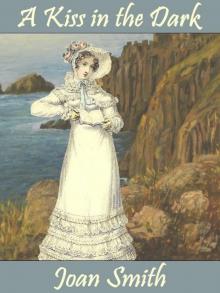 A Kiss in the Dark
A Kiss in the Dark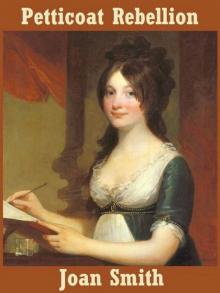 Petticoat Rebellion
Petticoat Rebellion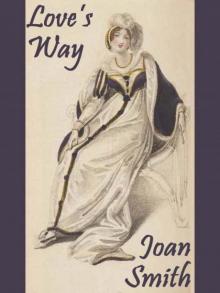 Love's Way
Love's Way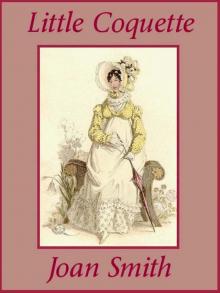 Little Coquette
Little Coquette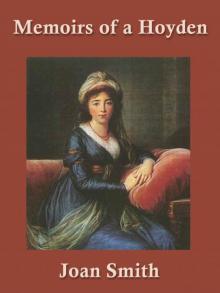 Memoirs of a Hoyden
Memoirs of a Hoyden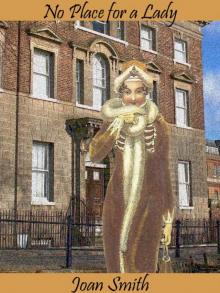 No Place for a Lady
No Place for a Lady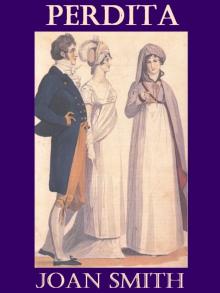 Perdita
Perdita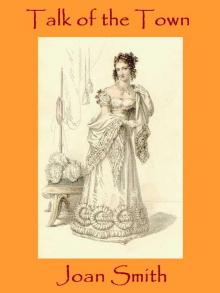 Talk of the Town
Talk of the Town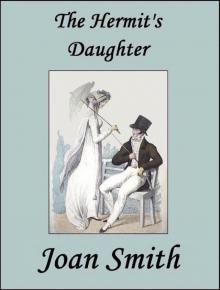 The Hermit's Daughter
The Hermit's Daughter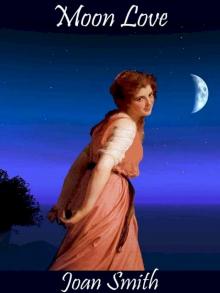 Moon Love
Moon Love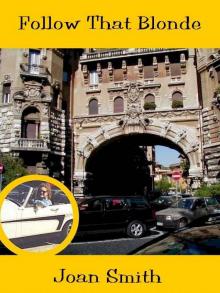 Follow That Blonde
Follow That Blonde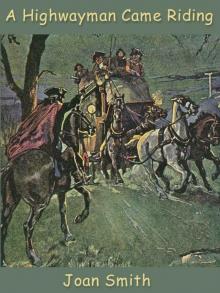 A Highwayman Came Riding
A Highwayman Came Riding The Great Christmas Ball
The Great Christmas Ball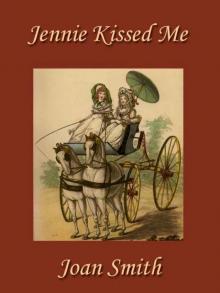 Jennie Kissed Me
Jennie Kissed Me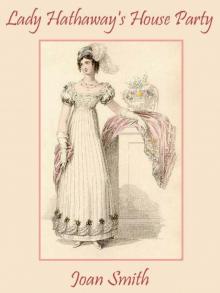 Lady Hathaway's House Party
Lady Hathaway's House Party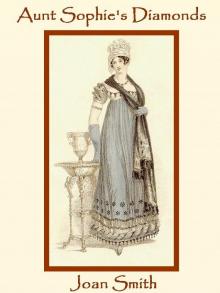 Aunt Sophie's Diamonds
Aunt Sophie's Diamonds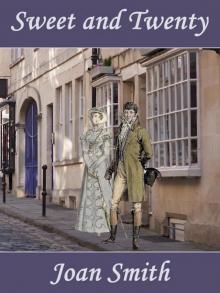 Sweet and Twenty
Sweet and Twenty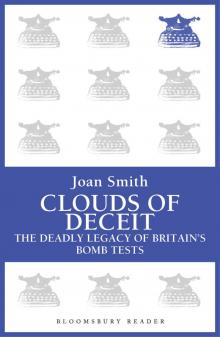 Clouds of Deceit
Clouds of Deceit What Men Say
What Men Say The Devious Duchess
The Devious Duchess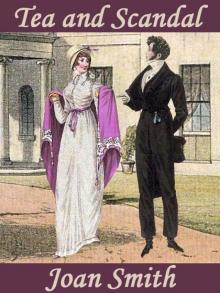 Tea and Scandal
Tea and Scandal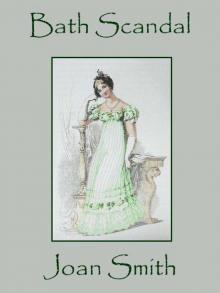 Bath Scandal
Bath Scandal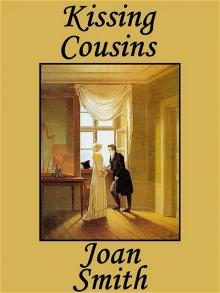 Kissing Cousins
Kissing Cousins Love's Harbinger
Love's Harbinger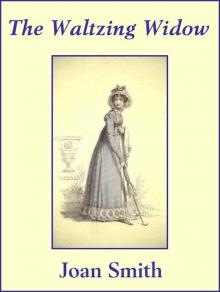 The Waltzing Widow/Smith
The Waltzing Widow/Smith The Polka Dot Nude
The Polka Dot Nude Thick As Thieves
Thick As Thieves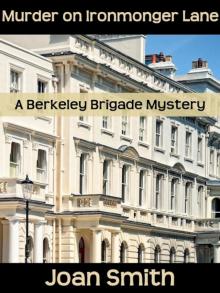 Murder on Ironmonger Lane
Murder on Ironmonger Lane Dame Durden's Daughter
Dame Durden's Daughter Endure My Heart
Endure My Heart The Savage Lord Griffin
The Savage Lord Griffin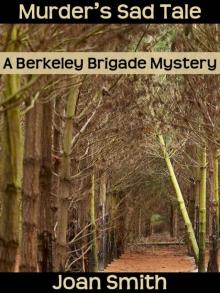 Murder's Sad Tale
Murder's Sad Tale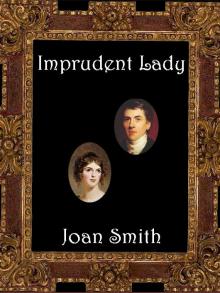 Imprudent Lady
Imprudent Lady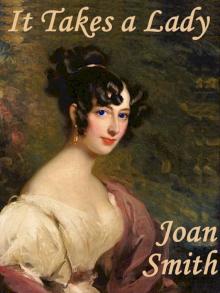 It Takes a Lady
It Takes a Lady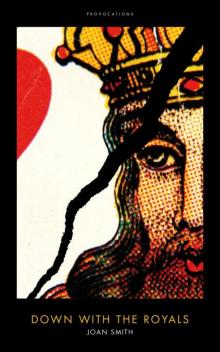 Down With the Royals
Down With the Royals Aurora
Aurora A Brush with Death
A Brush with Death The Black Diamond
The Black Diamond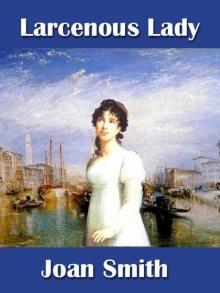 Larcenous Lady
Larcenous Lady To Mourn a Murder
To Mourn a Murder Francesca
Francesca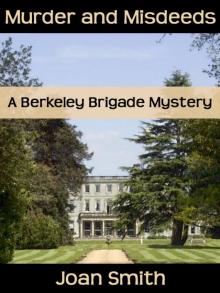 Murder and Misdeeds
Murder and Misdeeds A Country Wooing
A Country Wooing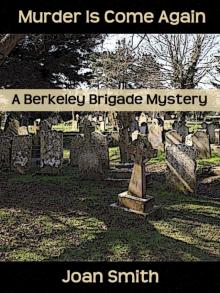 Murder Is Come Again
Murder Is Come Again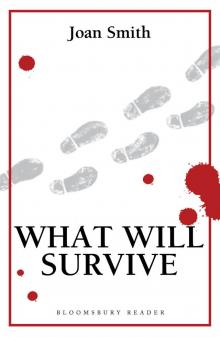 What Will Survive
What Will Survive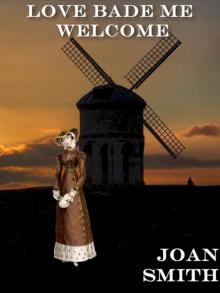 Love Bade Me Welcome
Love Bade Me Welcome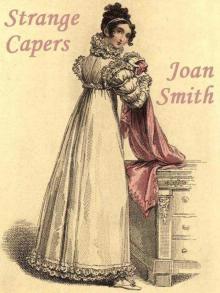 Strange Capers
Strange Capers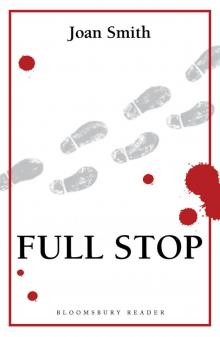 Full Stop
Full Stop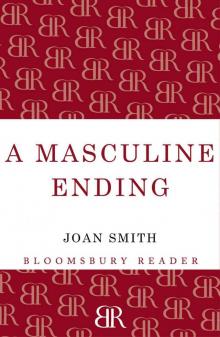 Loretta Lawson 01 - A Masculine Ending
Loretta Lawson 01 - A Masculine Ending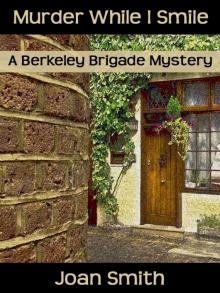 Murder While I Smile
Murder While I Smile Winter Wedding
Winter Wedding Capriccio
Capriccio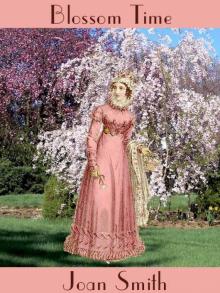 Blossom Time
Blossom Time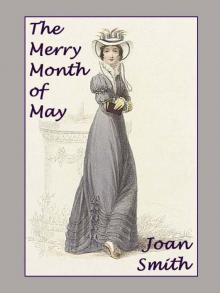 The Merry Month of May
The Merry Month of May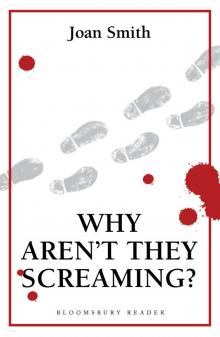 Why Aren't They Screaming?
Why Aren't They Screaming?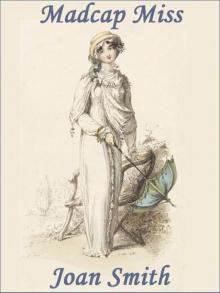 Madcap Miss
Madcap Miss Delsie
Delsie Reluctant Bride
Reluctant Bride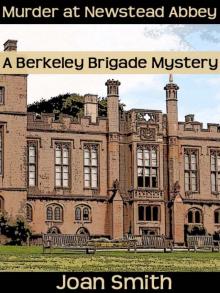 Murder at Newstead Abbey
Murder at Newstead Abbey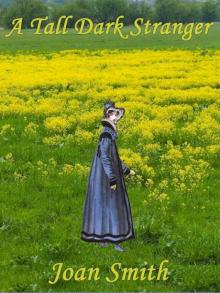 A Tall Dark Stranger
A Tall Dark Stranger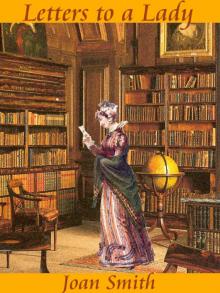 Letters to a Lady
Letters to a Lady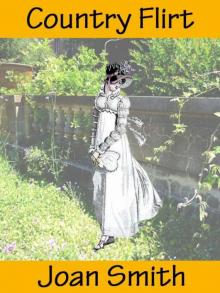 Country Flirt
Country Flirt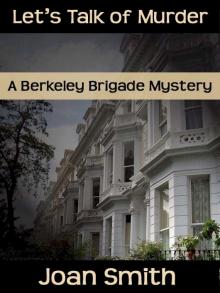 Let's Talk of Murder
Let's Talk of Murder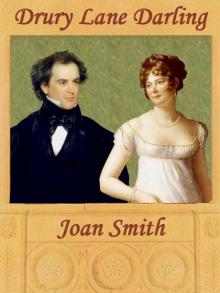 Drury Lane Darling
Drury Lane Darling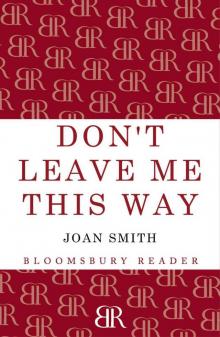 Loretta Lawson 03 - Don't Leave Me This Way
Loretta Lawson 03 - Don't Leave Me This Way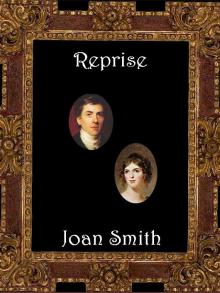 Reprise
Reprise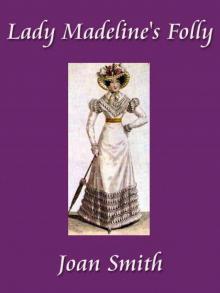 Lady Madeline's Folly
Lady Madeline's Folly Olivia
Olivia Midnight Masquerade
Midnight Masquerade Bath Belles
Bath Belles Lace for Milady
Lace for Milady Silken Secrets
Silken Secrets Minuet
Minuet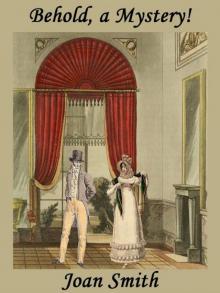 Behold, a Mystery!
Behold, a Mystery! Babe
Babe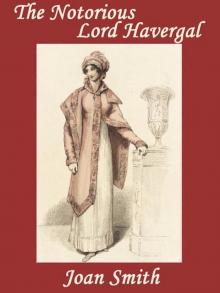 The Notorious Lord Havergal
The Notorious Lord Havergal Romantic Rebel
Romantic Rebel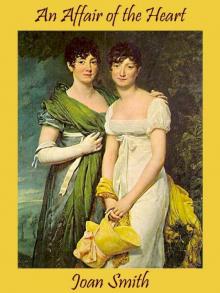 An Affair of the Heart
An Affair of the Heart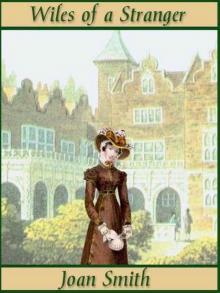 Wiles of a Stranger
Wiles of a Stranger The Royal Scamp
The Royal Scamp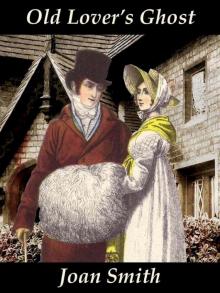 Old Lover's Ghost
Old Lover's Ghost The Virgin and the Unicorn
The Virgin and the Unicorn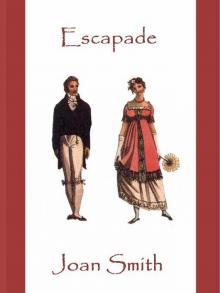 Escapade
Escapade A Christmas Gambol
A Christmas Gambol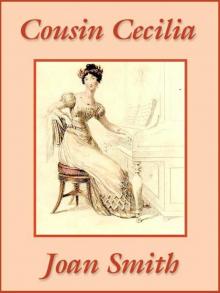 Cousin Cecilia
Cousin Cecilia Friends and Lovers
Friends and Lovers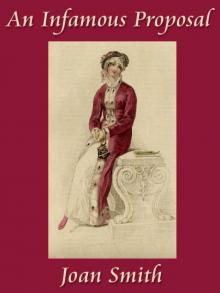 An Infamous Proposal
An Infamous Proposal Regency Masquerade
Regency Masquerade Shadow of Murder
Shadow of Murder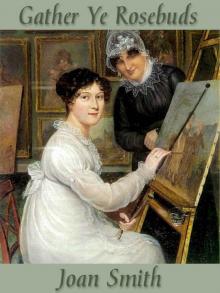 Gather Ye Rosebuds
Gather Ye Rosebuds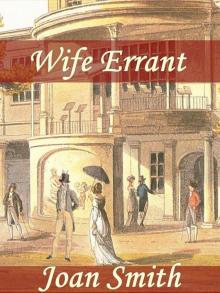 Wife Errant
Wife Errant![[Berkeley Brigade 10] - Shadow of Murder Read online](http://i1.bookreadfree.com/i2/04/11/berkeley_brigade_10_-_shadow_of_murder_preview.jpg) [Berkeley Brigade 10] - Shadow of Murder
[Berkeley Brigade 10] - Shadow of Murder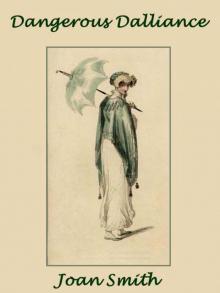 Dangerous Dalliance
Dangerous Dalliance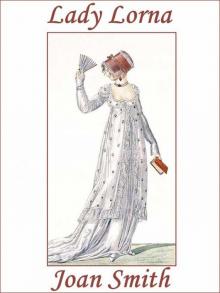 Lady Lorna
Lady Lorna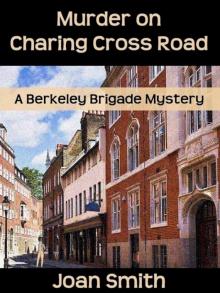 Murder on Charing Cross Road
Murder on Charing Cross Road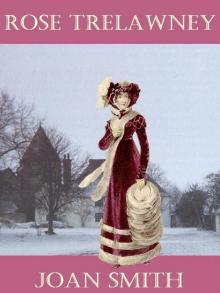 Rose Trelawney
Rose Trelawney Prelude to Love
Prelude to Love The Spanish Lady
The Spanish Lady Damsel in Distress
Damsel in Distress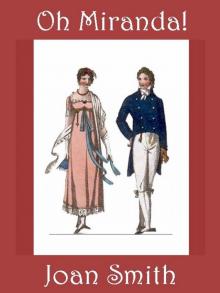 Oh Miranda!
Oh Miranda! The Blue Diamond
The Blue Diamond